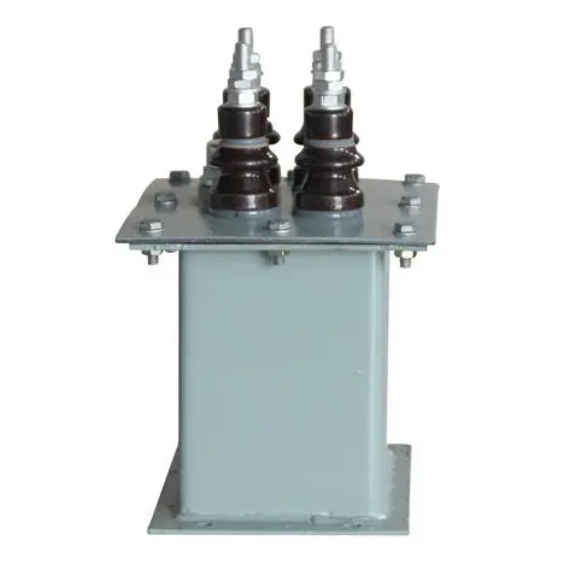Introduction to Single Phase Transformer
Definition and Basic Principles
A single phase transformer is an electrical device that transfers electrical energy between circuits using electromagnetic induction. It consists of two or more windings, typically called primary and secondary windings, which are magnetically coupled. When an alternating current (AC) flows through the primary winding, it induces a voltage in the secondary winding, enabling the transfer of power from one circuit to another.
Importance and Applications in Electrical Systems
Single phase transformers are vital components in electrical systems, serving various important purposes. They are widely used for voltage transformation, impedance matching, and isolation in diverse electrical equipment and systems. Single phase transformers find applications in power distribution networks, industrial machinery, electronics, and household appliances, ensuring efficient and reliable operation across different electrical systems.
Operating Principles of Single Phase Transformer
Transformer Construction and Components
Single-phase transformers consist of a primary winding and a secondary winding wound around a shared magnetic core typically made from materials such as iron or steel. The primary winding receives the input voltage, while the secondary winding delivers the output voltage. The magnetic core facilitates the transfer of energy between the windings through electromagnetic induction, ensuring efficient voltage transformation and power transfer. Understanding this construction and the role of the magnetic core is essential for grasping the functioning of single-phase transformers.
Understanding Voltage Transformation and Current Flow
In a single-phase transformer, voltage transformation takes place as the alternating current (AC) flowing through the primary winding induces a voltage in the secondary winding. The ratio of the number of turns in the primary winding to the number of turns in the secondary winding dictates the voltage transformation ratio. Moreover, the current passing through the windings is inversely related to the number of turns, adhering to the principle of energy conservation. Understanding these fundamental principles is crucial for comprehending the operation and performance of single-phase transformers.

Types and Variations
Different Configurations and Designs
Single-phase transformers are available in a range of configurations and designs tailored to diverse applications and needs. These encompass step-up transformers, step-down transformers, auto-transformers, and isolation transformers. Each configuration possesses distinct design characteristics and operational principles, offering versatility in voltage transformation and current regulation. Understanding these configurations facilitates the selection of the most suitable transformer for specific voltage requirements and application scenarios.
Common Variations Based on Application Requirements
Single-phase transformers exhibit various common variations customized to meet specific application needs. These variations encompass transformers designed for high efficiency, low noise operation, compact dimensions, or robust construction suited for industrial settings. Additional variations may cater to specific voltage or current requirements, frequency compatibility, or specialized applications like medical equipment or telecommunications. Familiarizing oneself with these variations enables the selection of the most appropriate transformer for a given application.
Installation and Maintenance
Guidelines for Proper Installation
Ensuring the proper installation of single-phase transformers is essential to their safe and efficient operation. This involves selecting a suitable location with ample ventilation and clearance, securely mounting them on stable surfaces, and following manufacturer specifications for electrical connections. Additionally, considerations should be made for grounding, phase orientation, and adherence to local electrical codes and regulations to mitigate risks and optimize performance.
Routine Maintenance Procedures and Safety Considerations
Routine maintenance of single phase transformers is essential to prolong their lifespan and prevent potential failures. Maintenance procedures typically involve visual inspections for signs of damage, checking connections for tightness, monitoring temperature and noise levels, and testing insulation resistance. Safety considerations include de-energizing the transformer before performing maintenance, using appropriate personal protective equipment, and following proper lockout/tagout procedures. Regular maintenance and timely repairs help ensure the reliability and safety of single phase transformers in electrical systems.